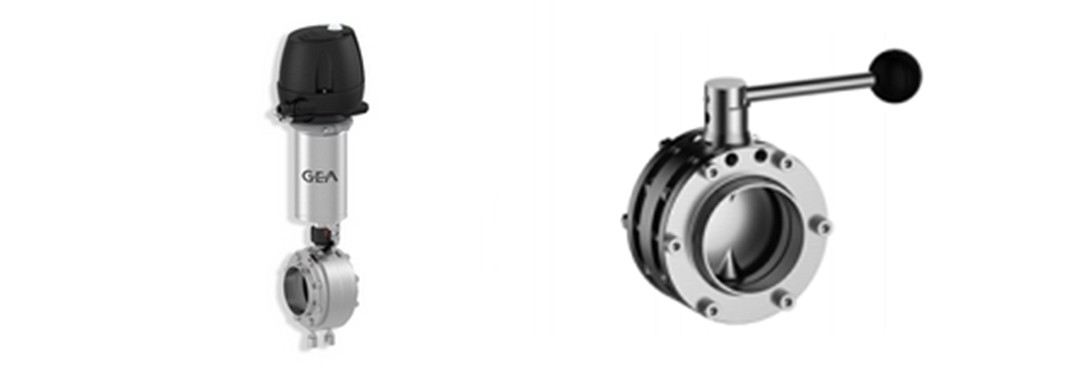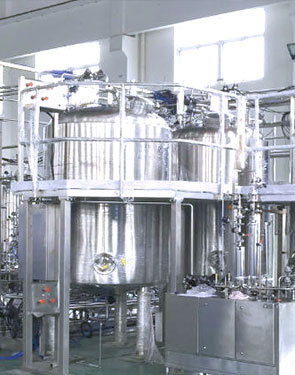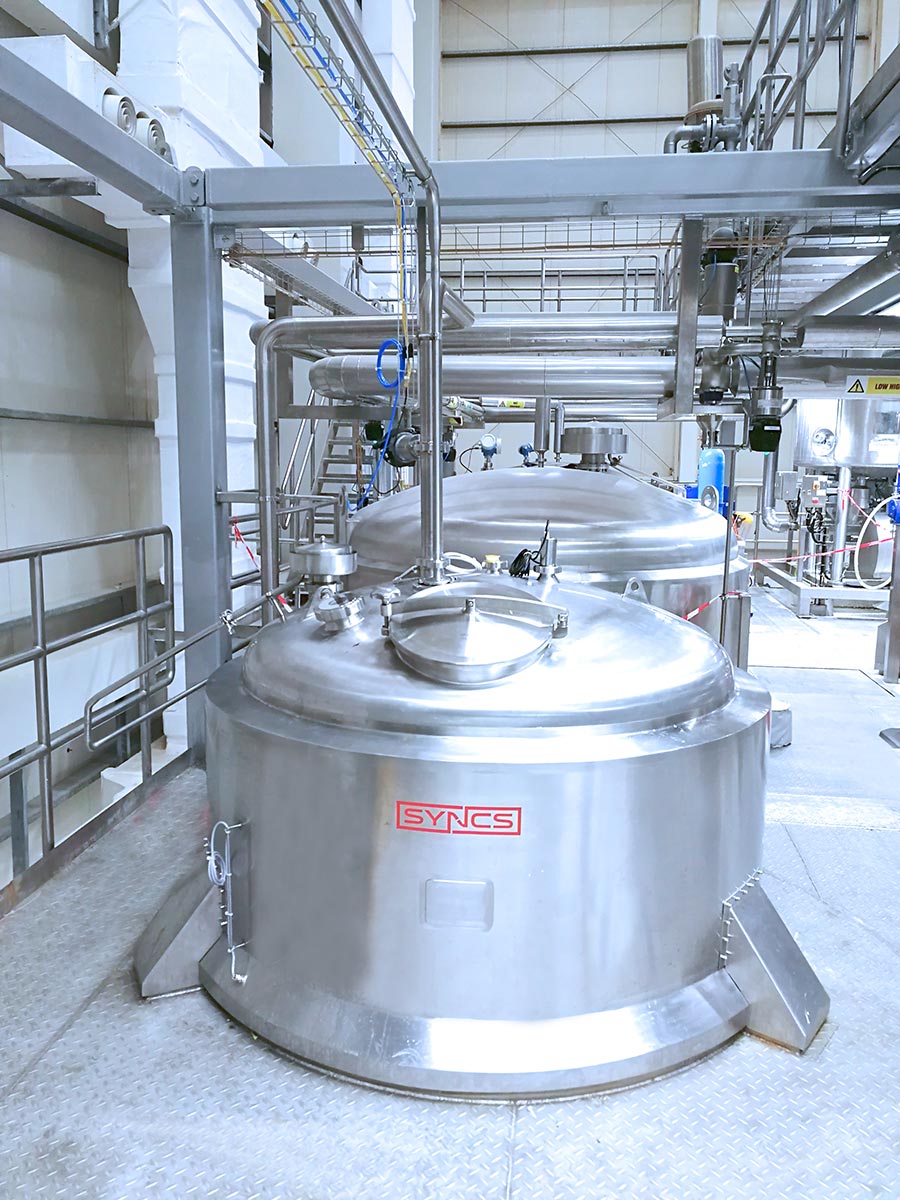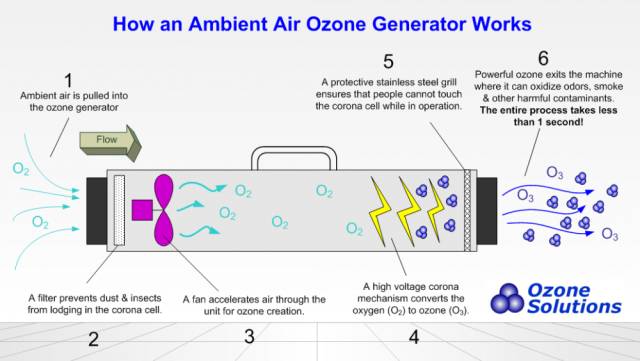
Butterfly Valves
Butterfly Valves for control the flow of various types of fluids such as liquid mental and radioactive media. It’s mainly used for cutting and throttling in pipelines.
SYNCS provide butterfly valves for using to cut off, turn on and adjust the medium in the pipeline, and has good fluid control characteristics and closing sealing performance.
We design butterfly valves can transport mud and accumulate the least liquid at the entrance of the pipeline. Under low pressure, good sealing can be achieved. Good adjustment performance.
Butterfly valves
The streamline design of butterfly plate makes the loss of fluid resistance small, which can be described as an energy-saving product.
The valve stem is a through rod structure, which has good comprehensive mechanical properties, corrosion resistance and scratch resistance after quenching and tempering treatment. When the butterfly valve is opened and closed, the valve stem only rotates without lifting and running, the packing of the valve stem is not easy to destroy, and the seal is reliable. Fixed with butterfly plate cone pin, the extension end is designed to prevent flushing out, I valve stem collapse when the connection between valve stem and butterfly plate accidentally breaks out.
Benefits of Butterfly valve
• Opening and closing is convenient and rapid, labor-saving, fluid resistance is small, and can be operated frequently.
• The utility model has the advantages of simple structure, small shape size, short structure length, small volume and light weight, and is suitable for large caliber valves.
• When the valve seat channel is fully open, the effective flow area of the valve seat channel is larger and the fluid resistance is small.
• The opening and closing torque is small, because the butterfly plate on both sides of the rotating shaft is basically equal to the opening and mass action, and the direction phase 1 directory of the torque is produced, so it is more labor-saving to open and close the butterfly plate on both sides of the rotating shaft.





